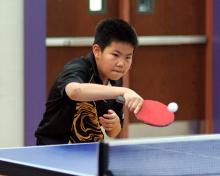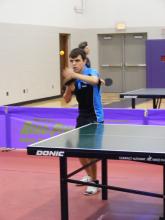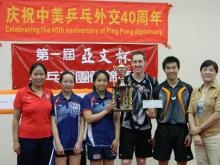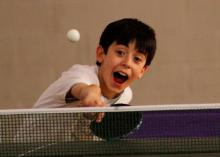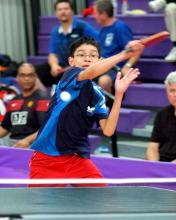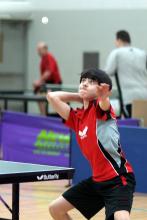When playing at a local table tennis club, a player generally needs his racket and shoes. However, there are some other items that he might want to include when traveling to a tournament. Below is the list of items that I generally bring:
Racket
Shoes
Spare racket – identical and assembled
Extra rubber
Balls
Video camera
Tripod
Hand towel
Floor towel
Glue
Glue sponge applicator
Scissors
Snacks
Drinks
Money
USATT Membership Card
USATT Rule Book





